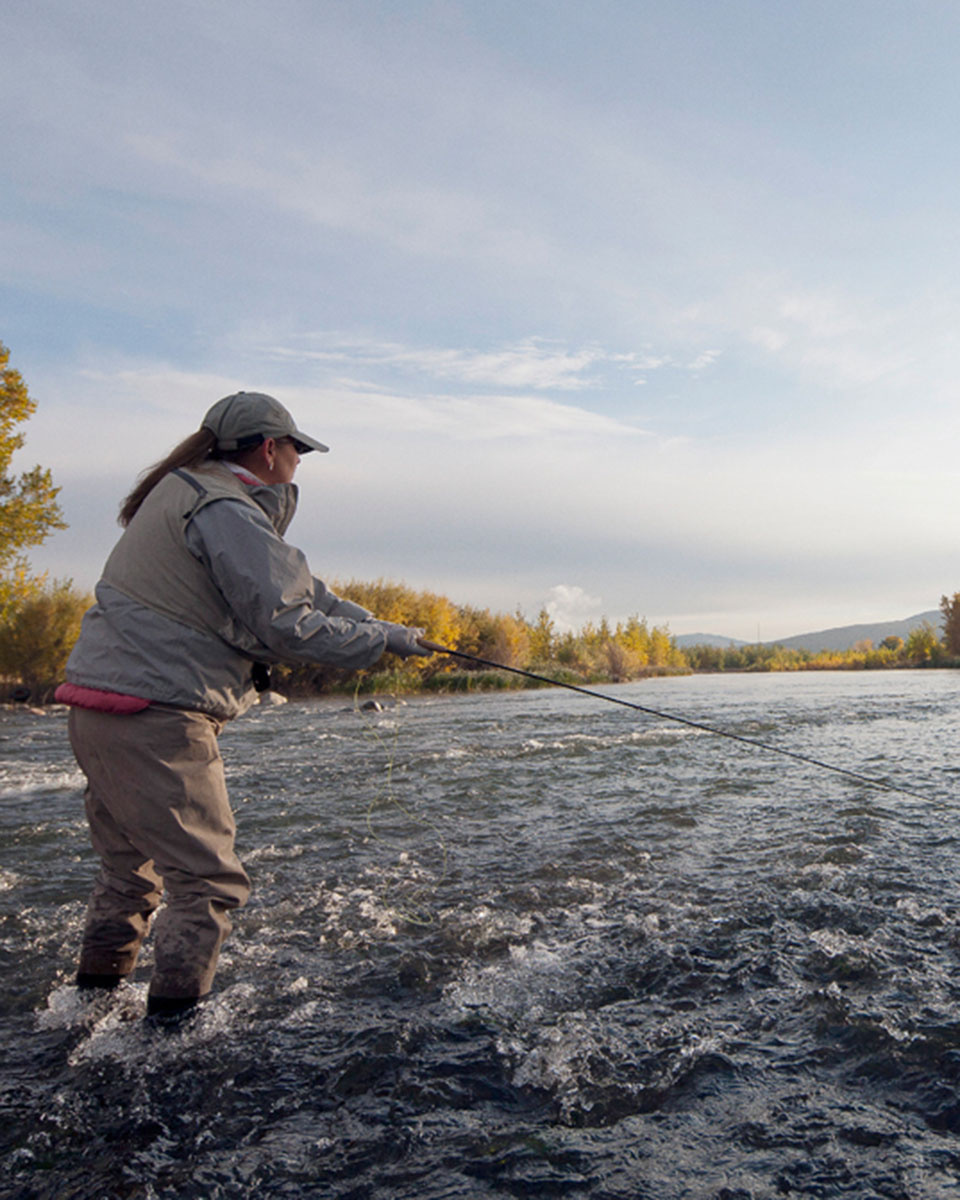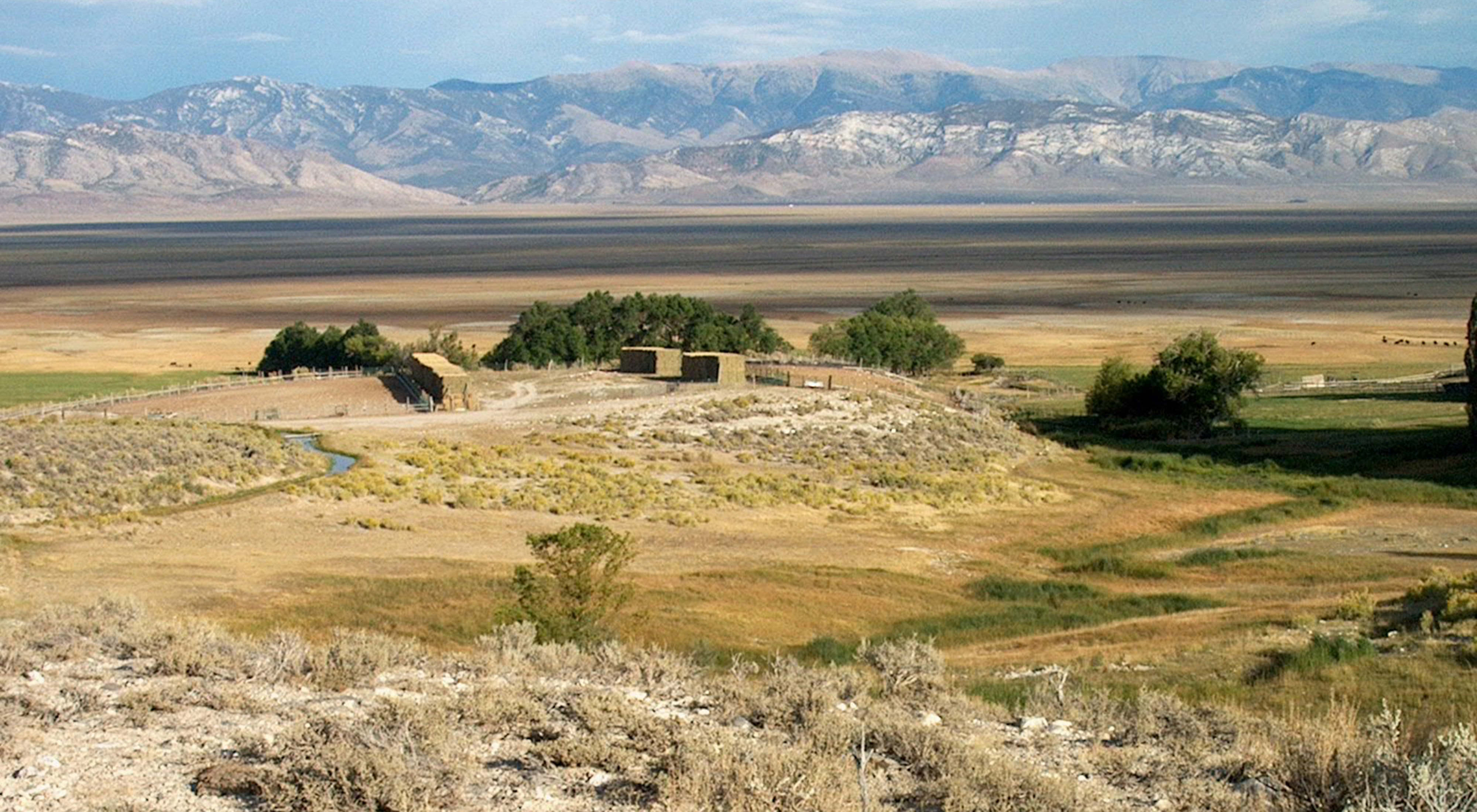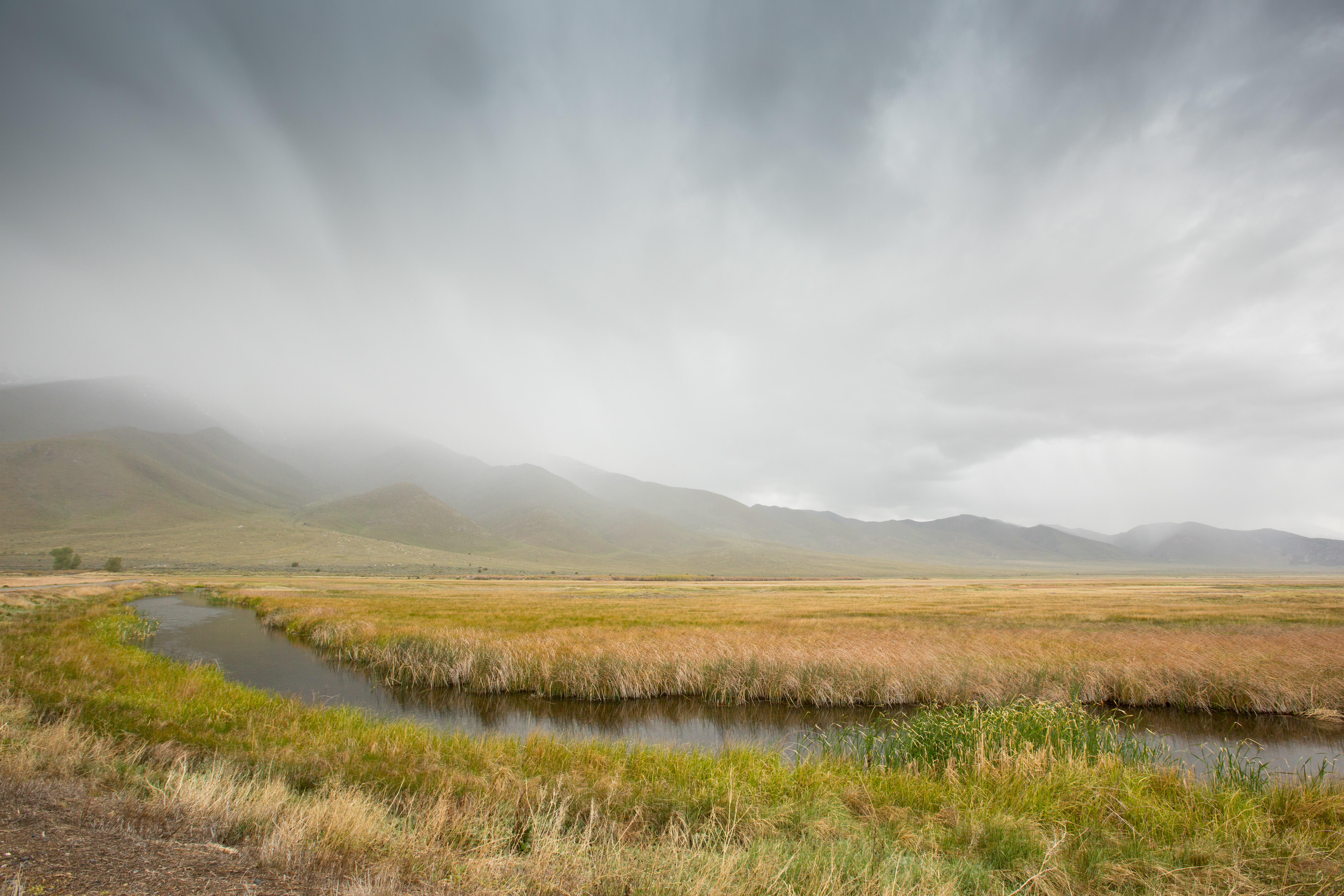Our Water Future
We're using science to guide decisions around Nevada's freshwater.
Nevada’s most valuable resource—water—also poses one of the biggest conservation challenges for our future.
Water is essential for our homes, businesses, recreation, plants and wildlife, and ways of life in rural and urban communities across Nevada. In the nation’s driest state, planning for Nevada's water future will not be an easy task. As demand for water increases, rainfall and snowpacks change, droughts hit and water is depleted, many questions remain about how Nevada will meet its many water needs.
The choices we make today in response to increasing water scarcity will have effects on Nevada’s communities, economy, and landscapes for generations to come. Finding solutions for Nevada’s water issues will require planning with a long-term view.
With The Nature Conservancy’s science-based approach, successful on-the-ground conservation track record, and diverse partnerships, we want to help Nevada move toward a better water future for people and nature.

Closing the Science Gap
A collaborative, science-based approach is essential to tackling the serious challenges we face maintaining and restoring healthy freshwater ecosystems while meeting other demands on our water supply. To do so, we need to fill the data gaps that exist in our understanding of freshwater systems—where they’re located, how expansive they are, and how they’re connected. Understanding systems that rely on surface water and groundwater, like springs and wetlands, is the first step in being able to preserve and restore them.
Expanding the scientific resources available will help answer questions about which actions we can and should take today to foster a prosperous economy, growing cities and towns, and productive habitats for fish and wildlife.
We recently completed the first step by developing a publicly available database of indicators of groundwater dependent ecosystems to help inform decisions about water. Our next step is to look at stressors and threats to these ecosystems to help develop strategies and priorities to sustain these important ecosystems.
Advancing Smart Policy
In a state that averages less than 10 inches of rainfall per year, water scarcity is our reality. The pressures on Nevada’s limited water resources will only worsen with prolonged droughts and increasing demand as our populations and economy grow. We have to try to find solutions that bring demand into balance with supply while regarding our environment and respecting property rights. The Nature Conservancy seeks to give nature a voice in critically important local and regional water decisions.
Equipped with strong science, we will continue to advocate for policies that protect freshwater ecosystems for the benefit of people and nature.

Building Coalitions and Support
The Nature Conservancy has been working with municipalities, ranchers, agencies, and other partners to conserve and restore Nevada’s rivers, lakes, streams, and wetlands for more than 30 years, including on the Truckee, Carson and Amargosa Rivers. We believe a collaborative process that seeks to engage all stakeholders—including cities, ranchers, sportsmen and recreational users, industry, agencies, and conservationists—will help achieve tangible, lasting results for Nevada’s lands and waters and the communities they support.
Conserving the Colorado River
The Colorado River is essential for Las Vegas water users. The Nature Conservancy is working across the entire seven-state Colorado River Basin to restore and protect this important waterway for the 40 million westerners who depend on it, including southern Nevadans. In Nevada, we are elevating the importance of maintaining water levels in Lake Mead and restoring important Colorado River tributaries like the Virgin River.


